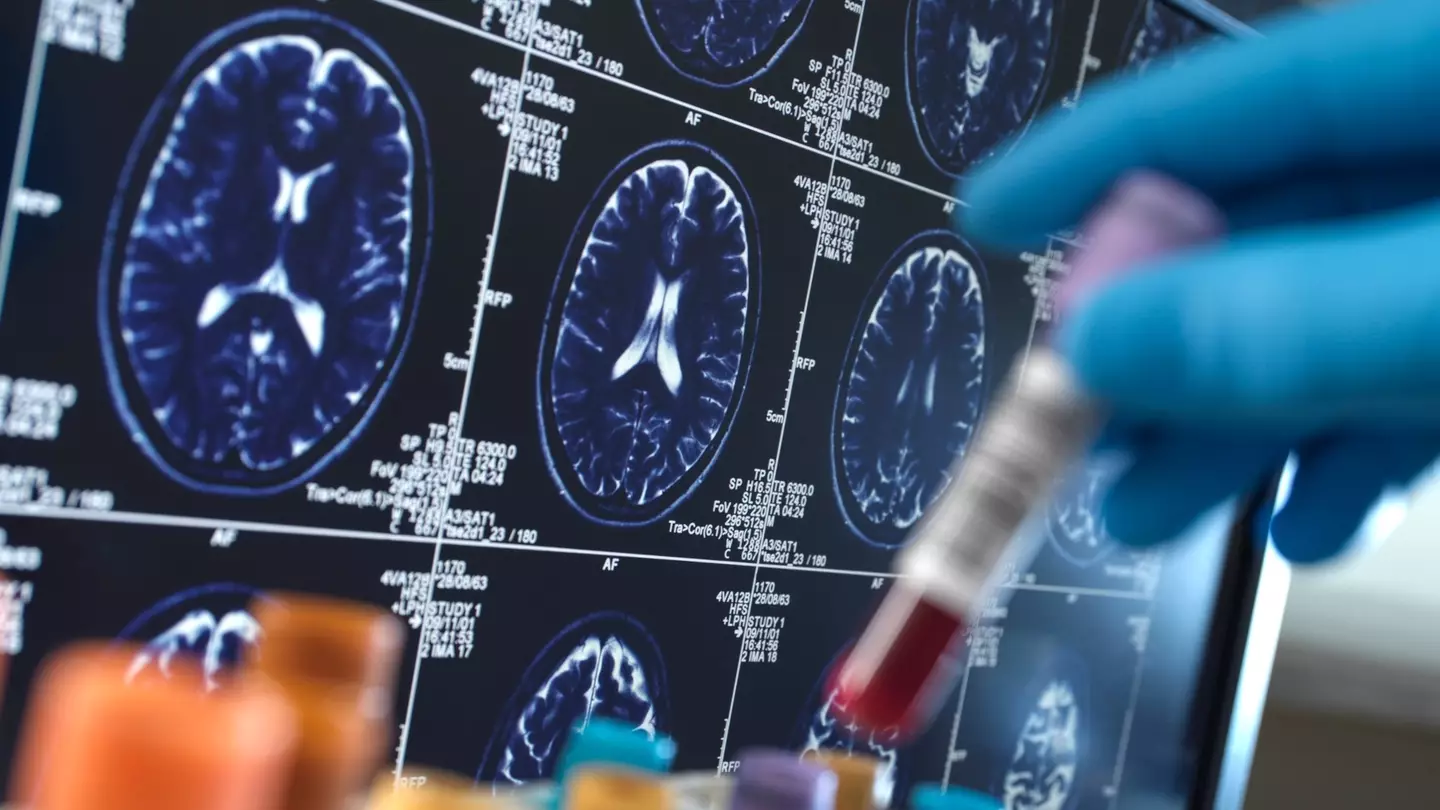Researchers have achieved a significant advancement in alleviating the symptoms of a brain disorder associated with autism and epilepsy.
The Allen Institute in Seattle, Washington, has successfully implemented the first gene therapy to mitigate symptoms of SYNGAP1-related disorders (SRDs) in mice.
In related news, Robert F. Kennedy Jr has stirred up controversy once again, this time by linking autism to circumcision.
In April, the US Health and Human Services Secretary pledged to have pinpointed the ’cause’ of autism by September.
Clearly, that hasn’t gone as planned, as he introduces various theories.
This includes the contentious claim that autism is linked to pregnant women taking Tylenol, as well as the circumcision of children.
RFK Jr appears to have referenced two studies suggesting that circumcised children have twice the rate of autism—a 2013 study across eight counties and a 2015 Danish study.

However, these studies have faced widespread discreditation, with autism researcher and Boston University professor Helen Tager-Flusberg criticizing them as ‘appalling’.
The Mayo Clinic describes autism spectrum disorder as ‘a condition related to brain development that affects how people see others and socialize with them’.
It elaborates that autism has ‘no single known cause’ due to the complexity of the condition, with symptoms and severity varying greatly.
Both genetic and environmental factors are believed to contribute.
Meanwhile, scientists have pioneered a novel gene therapy targeting SRDs.
These rare brain disorders occur when a person has only one functional copy of the SYNGAP1 gene, potentially leading to autism, epilepsy, motor issues, and risk-taking behavior.
Researchers employed an adeno-associated virus to deliver a functional copy of the SYNGAP1 gene into brain cells, using a method known as gene supplementation, which replaces or supplements a missing gene.

The treatment nearly eradicated epileptic brain activity in mice and also corrected hyperactive and risk-taking behaviors.
Remarkably, scientists discovered that the gene therapy restored normal brain wave patterns, which are crucial for enhancing learning and memory.
The therapy was administered to juvenile mice, correlating to the age when children are typically diagnosed.
Currently, treatments for SRDs address symptoms rather than the root cause. This innovative approach targets the underlying genetic defect, offering tangible hope for future human therapies.
Further research and clinical trials are necessary before the therapy can be tested on humans, but this discovery marks a substantial breakthrough.

